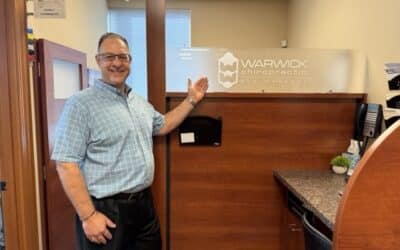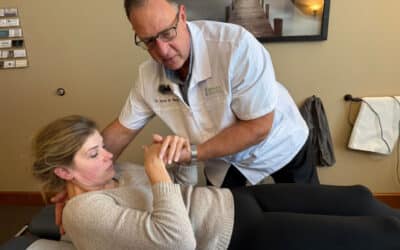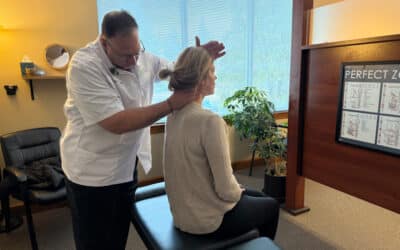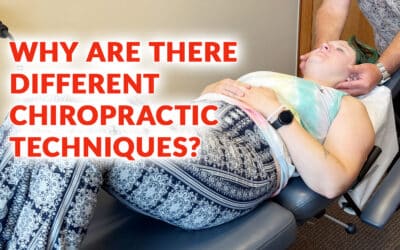One of the most wonderful things about science and healthcare is that both are always progressing to find truth and to improve upon previous findings. Both are heavily linked and very dynamic and as further studies, testing and analyzing of results are undertaken, new conclusions are formed. This is why we often see changes in recommendations in the foods we eat for example. Does it mean that it cannot be relied upon? No, absolutely not, progress is the real key and while previous findings me be superseded with new findings, what once was was still better than before. So take low back pain for example. The old way of thinking was when you have back pain, to rest it, but new studies have since found that remaining active with pain actually does more good generally speaking.
So why the change in this line of thinking? Consider the back muscles to begin with. There are two groups of muscle, deep muscles and superficial muscles. The superficial muscles are flexible in nature and allow us to bend and twist, whereas the deep muscles are there for stability and hold the spine in place, maintain posture etc.
So when bed rest is administered, the deep muscles begin to weaken, they atrophy and once activity is resumed, they are not as efficient as normal. So to help counter this, the superficial muscles become overworked as they help out the deep muscles for stability. Because these superficial muscles end up doing more work, they tire easier and thus the back becomes more susceptible to further injury and pain.
Furthermore, periods of bed rest can affect the discs operation as shock absorbers and here’s where study and research play a part in the new thinking of activity is better than rest. A study was undertaken and evaluated 72 middle aged patients. They looked at the patients physical activity levels. The patients were in several groups based on their activity levels, strenuous activity, moderately active, and inactive. About half fell in the moderately active group, with the remainder evenly split between extremely and not active.
Researchers also looked at MRI scans to gather as much information as possible on injuries and any pain.
Unsurprisingly, those who were most active had less chance of having back pain, disc problems or injury. This led to the conclusion that regular exercise and activity is key to a healthy back as well.
At Warwick Chiropractic we can help you with reducing back pain and suggest certain exercises and activity to help decrease pain and increase function along with helping to ensure that it doesn’t reoccur in the future. You can check out some of these exercises here.
Getting patients out of pain and back to a full life is why we do what we do. We are walk in friendly, but if you want to make an appointment, we can help you there as well. Call today 360-951-4504.
Listen to this article below. And to listen to more podcasts, follow us on Apple Podcasts or Google Play Music.

Dr. David Warwick, DC, is a board-certified chiropractor with over two decades of experience helping people find fast, effective relief from back and neck pain. He is the only chiropractor in Lacey, WA certified in the Zone Technique — a specialized healing method that restores balance to the body’s six systems for long-term wellness.
At Warwick Chiropractic & Massage, Dr. Warwick focuses on short-term, results-driven care, helping patients return to life without unnecessary long-term treatment plans. His clinic welcomes walk-ins and offers convenient online scheduling for modern, flexible chiropractic care.
Dr. Warwick is committed to educating his patients and the public about natural pain relief, spinal health, and how chiropractic care can be both simple and life-changing.







